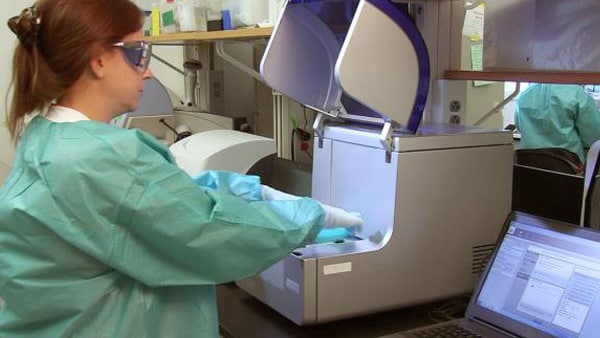At a glance
CDC activated its Emergency Operations Center (EOC) to support the H1N1 Influenza pandemic.

About the Response
The 2009 H1N1 was a unique combination of influenza virus genes never previously identified in either animals or people.
- This new influenza was first detected in a 10-year-old patient in California on April 15, 2009.
- Two days later, CDC laboratory testing confirmed a second infection with this virus in another patient, an 8-year-old living in California about 130 miles away from the first patient who was tested as part of an influenza surveillance project.
- There was no known connection between the two patients.
Laboratory analysis at CDC determined that the viruses obtained from these two patients were very similar to each other, and different from any other influenza viruses previously seen either in humans or animals.
- CDC remained in close contact with the international health community as the outbreak unfolded.
- On April 25, the World Health Organization declared the2009 H1N1 outbreak a Public Health Emergency of International Concern.
CDC activated its Emergency Operations Center (EOC) on April 22, 2009, to coordinate the response to this emerging public health threat.
Response activities were organized into teams that had different areas of focus including but not limited to:
- surveillance
- laboratory issues
- communications
- at-risk populations
- antiviral medications
- vaccines
- traveler's health issues
There were:
- 60,800,000 cases*
- 274,304 hospitalizations in the U.S.*
- 12,469 deaths*
*CDC's estimation
